Before airline turbulence was in the news to the degree it has been in the past year, NTSB had already published a safety research report on preventing air turbulence injuries. That led to good news. By wearing a seatbelt, travelers are virtually immune to injuries on aircraft.
Flight attendants take the brunt of airline injuries.
NTSB said that passengers account for just 21% of turbulence injuries, and those happen by not wearing seat belts. On the other hand, 79% of all such injuries are to flight attendants.
For years NTSB believed that flight attendants should be seated during descent to reduce the rate of turbulence injuries. NTSB asked the FAA to revise airline turbulence guidance for flight attendants. Now, some two years later, and following serious incidents, the FAA has still not yet acted on the NTSB recommendations. Why?
NTSB pointed out that these recommendations have existed for decades but have not been followed. The Commercial Aviation Safety Team, an industry and government working group, has long recommended flight attendant seat belts from the time takeoff to cruise altitude and on descent from 20,000 feet until landing.
NTSB confirms serious injuries from turbulence under 20,000 feet continue to occur. They point out that since their 2021 report, there have been 30 airline turbulence incidents. Some of the incidents mentioned included the following that resulted in crew injuries:
- August 2021: American Airlines flight 2760 at Chicago encountered turbulence at 7,000 feet. A flight attendant fell and suffered a fractured kneecap.
- August 2022: United Airlines flight 1400 at Columbus encountered turbulence at 10,000 feet. A flight attendant fell and suffered a fractured ankle.
- August 2022: Delta Air Lines flight 2968 at Detroit encountered turbulence at 20,000 feet. A flight attendant suffered a fractured rib in the galley.
- September 2022: United Airlines flight 1675 at Denver encountered turbulence below 13,000 feet. A flight attendant suffered a fractured hand.
- September 2022: Delta Air Lines flight 673 at New York City encountered turbulence at 13,000 feet, which resulted in a flight attendant falling and suffering a broken foot.
- November 2022: American Airlines flight 2548 at Miami encountered turbulence at 18,000 feet, which resulted in a flight attendant being thrown to the floor and suffering a fractured spine.
- February 2023: Spirit Airlines flight 641 at New Orleans encountered turbulence at 7,000 feet, causing three flight attendants to fall to the floor. One suffered a fractured ankle, while the other two suffered minor injuries.
As NTSB also pointed out, in each of the above cases, seat belts were required of passengers. In some cases, the flight crew was aware of and communicated with the cabin crew about the potential for turbulence, while in other cases, it was entirely unexpected. NTSB said that if their suggestions had been implemented, none of these incidents would likely have resulted in injuries.
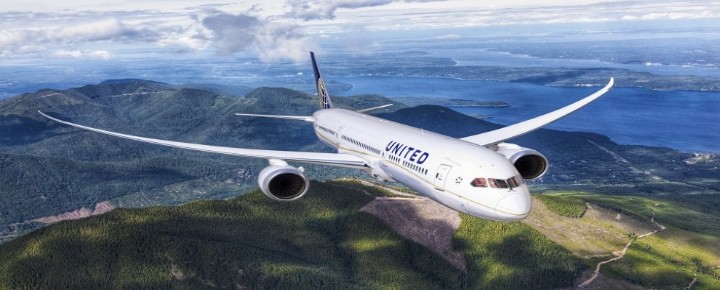

United Airlines steps out in front of the low-altitude turbulence issue.
United Airlines is getting ahead of any upcoming FAA ruling on airline flight turbulence by implementing its own rules to help ensure flight attendant safety.
As a result, on United, you can expect flight attendants to be in their seats earlier starting next month on December 1. The policy says that at the 10,000-foot mark on descent, flight attendants must be seated.
Impact on Hawaii flights and elsewhere.
If the FAA concurs with NTSB, we can expect changes to the services provided on Hawaii flights and others. That means service will commence somewhat later and end sooner. Passengers can also expect to be required to stow carry-ons and laptops to prepare for landing sooner to give flight attendants adequate time to assure compliance.
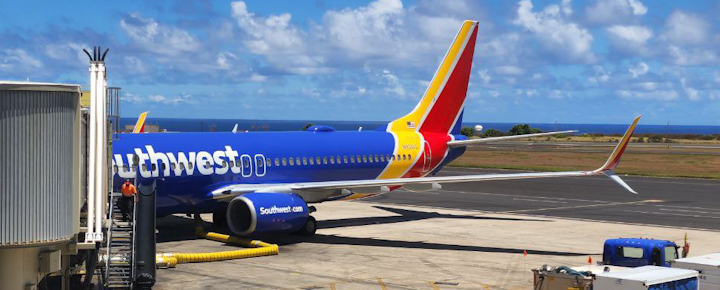

Southwest Hawaii flight turbulence on departure from Honolulu in March.
We wrote about what a Southwest passenger called a “roller coaster” flight when the Boeing 737 MAX8 plane encountered severe turbulence on departure from Honolulu for the mainland. A video depicted the audible fear that ensued. At the same time, the passenger gave kudos to the Southwest pilot and crew. We did not find a report on the plane’s altitude when the turbulence struck or whether flight attendants were buckled in at that time.


Hawaiian Airlines turbulence incident was an entire different situation.
Unlike those flights reported by NTSB above, Hawaiian Airlines flight 35 was not below 20,000 feet at the time of the turbulence. Thus, their proposed changes would not have helped. The Hawaiian flight was in fact, traveling at 40,000 feet, according to the FAA, when turbulence struck unexpectedly.
Turbulence-related Injuries, however, have been in the news and Hawaii travelers’ minds in the aftermath of that close-to-home significant air turbulence incident last December. During Flight 35’s approach to Honolulu for landing, the aircraft encountered an exceptionally severe clear-air turbulence event. The turbulence led to injuries for around three dozen individuals, with 20 requiring hospitalization, eleven sustaining injuries, of which six were deemed serious.
The turbulence and a sudden, substantial altitude drop resulted in passengers colliding with overhead luggage bins and the A330 ceiling. This occurred shortly before preparation for landing and descent, approximately forty minutes out from arrival at Honolulu. Despite clear weather conditions and no significant radar indications, the Hawaiian Airlines pilot reported the rapid appearance of a vertical cloud in front of the aircraft, leaving insufficient time for evasive maneuvers.
Regarding Hawaiian Flight 35, the NTSB said the cloud triggered extreme air turbulence, a sharp descent in altitude, and injuries to passengers, crew members, and the aircraft itself. The Association of Flight Attendants (AFA) has expressed concerns, noting that instances of airline turbulence are expected to become more frequent.
Has your seat belt behavior changed as a result of recent air turbulence events, including the one last December on Hawaiian Airlines?
Get Breaking Hawaii Travel News
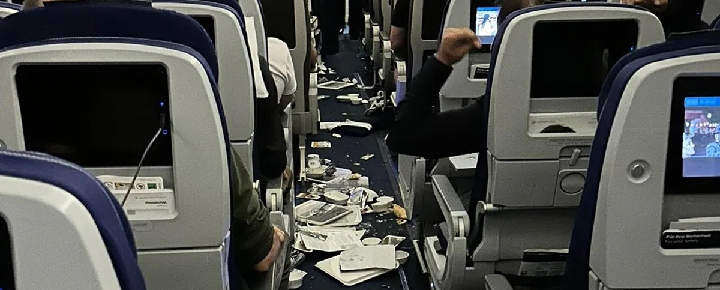

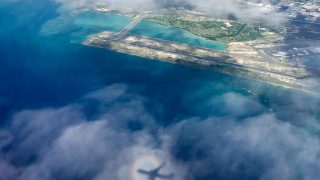
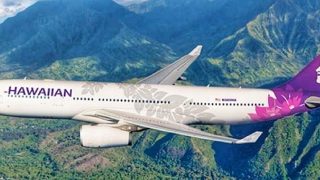
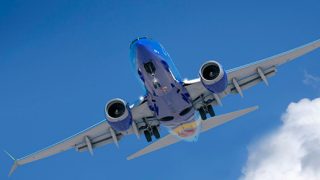
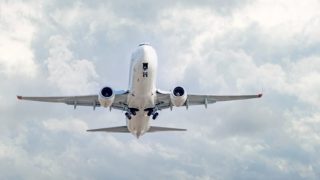
But it doesn’t seem that United is going far enough with the new policy, if it will only require flight attendants to be seated at 10,000 feet during descent. Seems like it should probably be 20,000 feet, since that’s what the FAA is suggesting.
Hi Wendy.
Right you are. 10k isn’t enough.
Aloha.
Common sense says, if passengers wear seat belts, injuries would be virtually eliminated.
Unless going to or from head, if a passenger is not belted, they should have no claim against the airlines. It is their stupidity.
Correct me if I am wrong, but flight attendants for United are not on the clock for pay until the doors close. How about other airlines? Doesn’t seem right to me!
Hi Ghinds.
Yes that is how it works with flight attendants unfortunately.
Aloha.
That’s a similar rule for pilots too.
I was a Delta stewardess in 1969. Many a time I was standing in the galley putting things away on landing. We served meals on all flights regardless of the duration so were very busy. But seatbelts are important.
My behavior hasn’t changed since the 1970’s on this issue. I leave my seat belt on. Between having been on a couple of turbulent flights and my own pilot training. It just makes sense
I really enjoy your articles.Nice to be able to keep up with what is going on in my favorite place in the world. Can’t wait to be back next year!